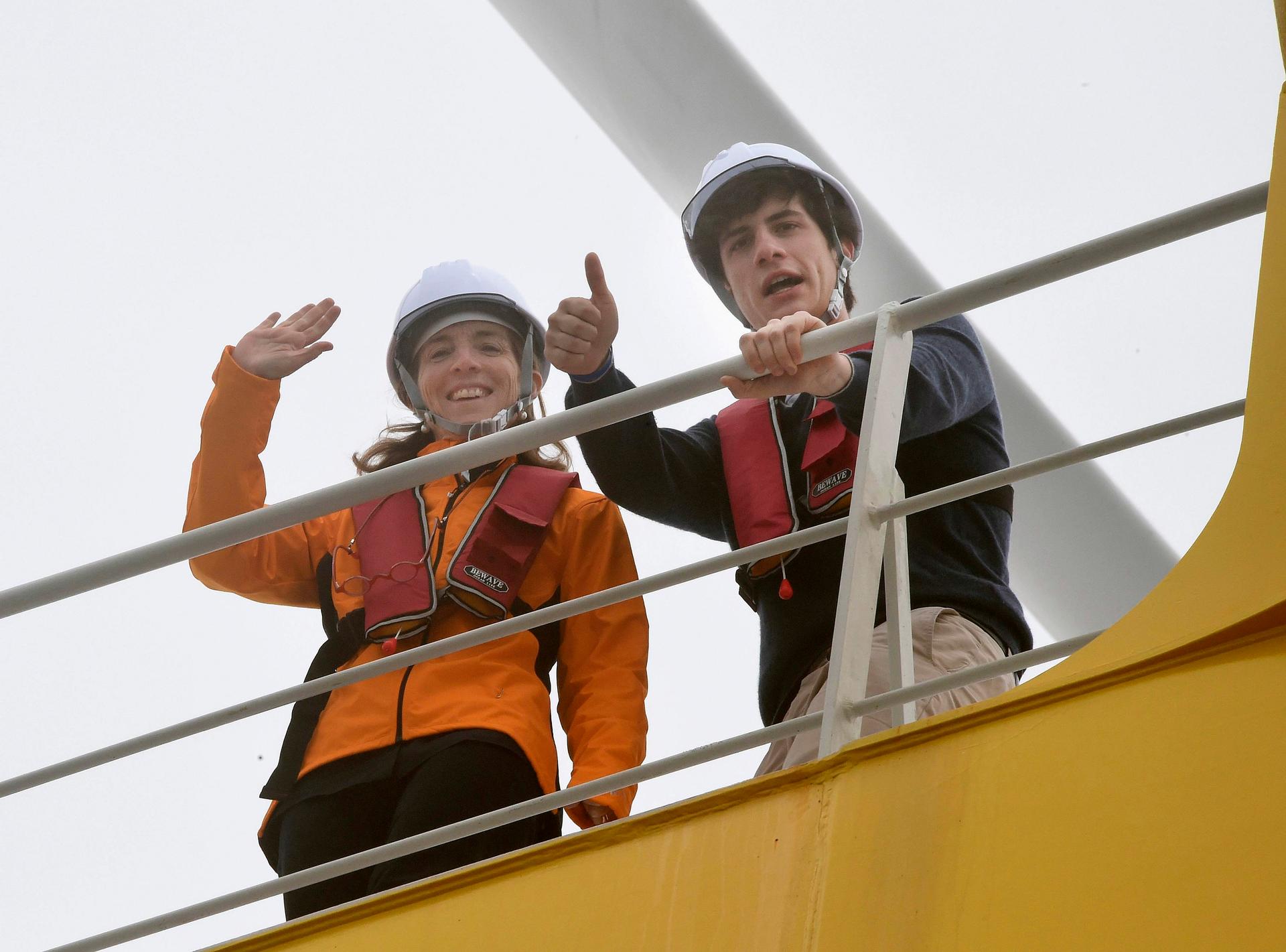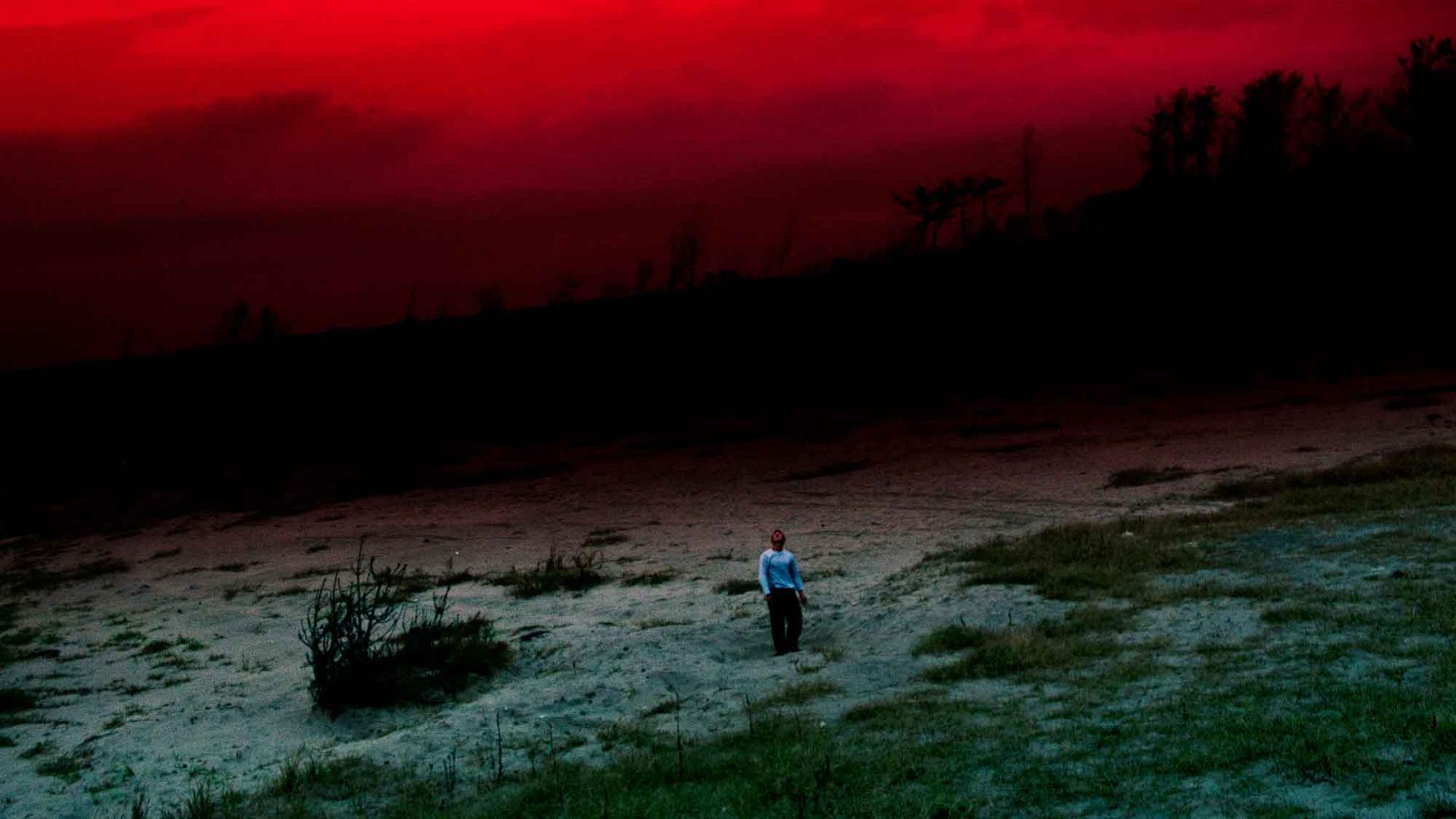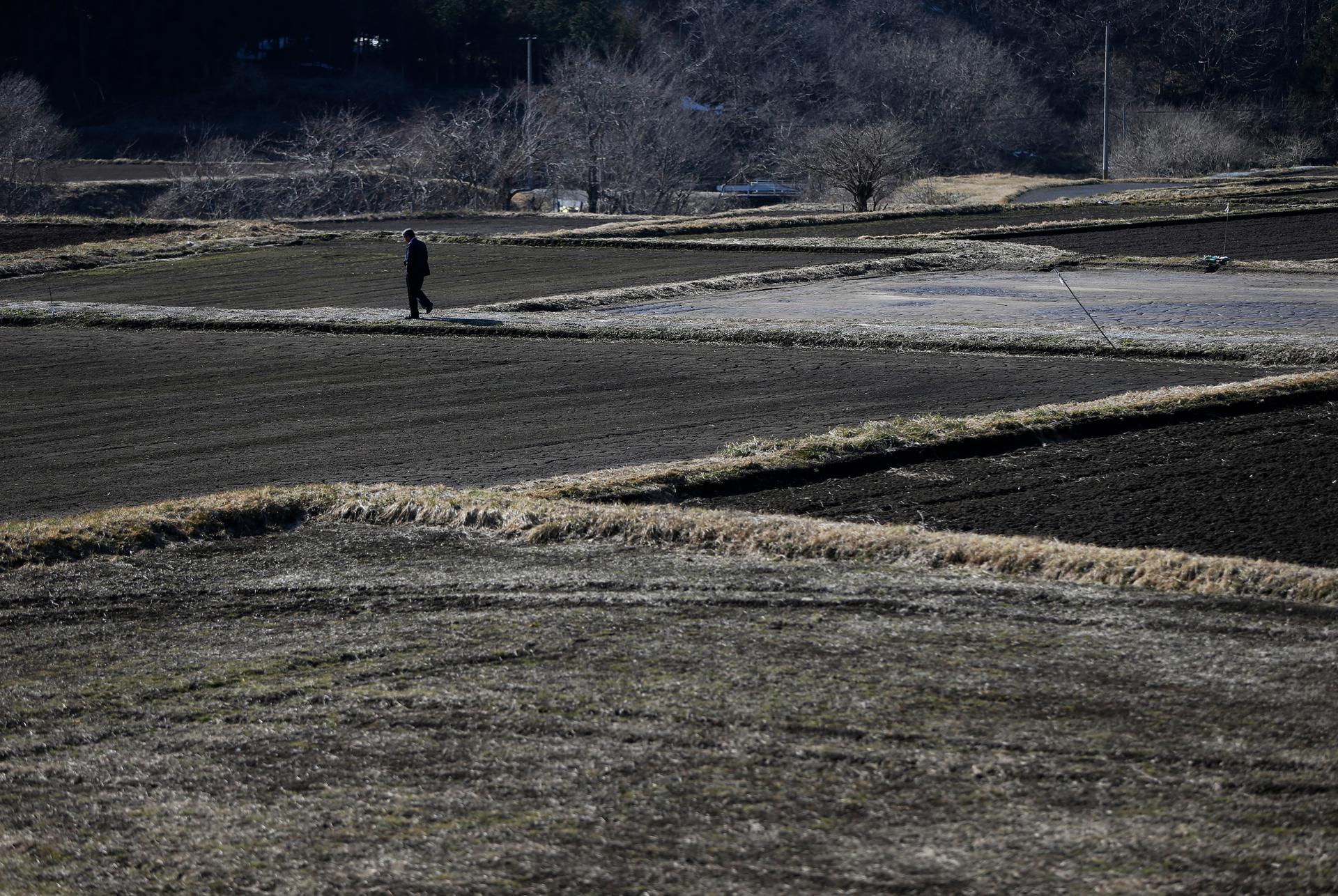Fukushima
Japan has just built the world’s most powerful offshore wind turbine
Four years ago, the Fukushima state weathered the worst nuclear disaster since Chernobyl. Today, they’re home to a record-breaking wind turbine. But it’s only a fraction of what the region’s disabled nuclear complex used to produce.
We want to hear your feedback so we can keep improving our website, theworld.org. Please fill out this quick survey and let us know your thoughts (your answers will be anonymous). Thanks for your time!
Not everyone wants the clean-up in Fukushima to be over
It’s been three and a half years since the nuclear disaster in Fukushima, and clean-up is still going. The area is still too dangerous for residents to return, but an army of decontamination employees has created its own small economy in the area, keeping a small number of businesses alive.
Science reporter Miles O’Brien on the Fukushima cleanup, irradiated fish and losing his arm on assignment
Three years after the tsunami-induced meltdown at Japan’s Fukushima Daiichi nuclear power plant, PBS NewsHour correspondent Miles O’Brien talks about the continuing contamination crisis, and the accident that caused him to lose his arm.Three years after the tsunami-induced meltdown at Japan’s Fukushima Daiichi nuclear power plant, PBS NewsHour correspondent Miles O’Brien talks about the continuing contamination crisis, and the accident that caused him to lose his arm.
One lesson of the Fukushima nuclear meltdown is that Japan’s culture needs to change
Three years after the triple meltdown at Japan’s Fukushima Daiichi nuclear power plant, neither local communities nor the country’s economy have fully recovered. And one critic says Japan won’t be safe again until it’s made some fundamental changes in its culture.Three years after the triple meltdown at Japan’s Fukushima Daiichi nuclear power plant, neither local communities nor the country’s economy have fully recovered. And one critic says Japan won’t be safe again until it’s made some fundamental changes in its culture.
Subscribe to The World’s Latest Edition podcast for free using your favorite podcast player:


